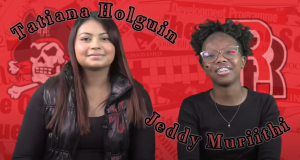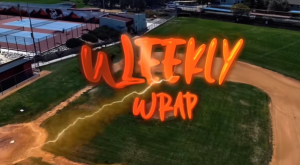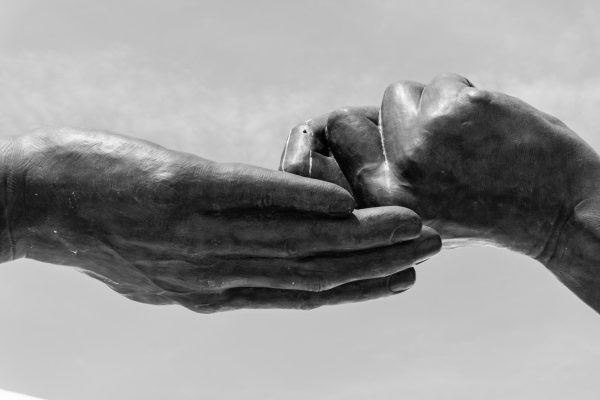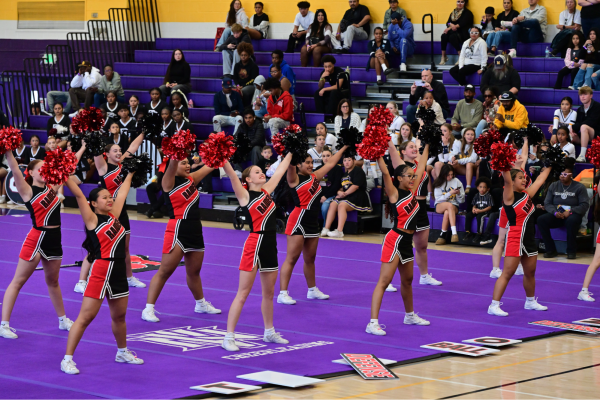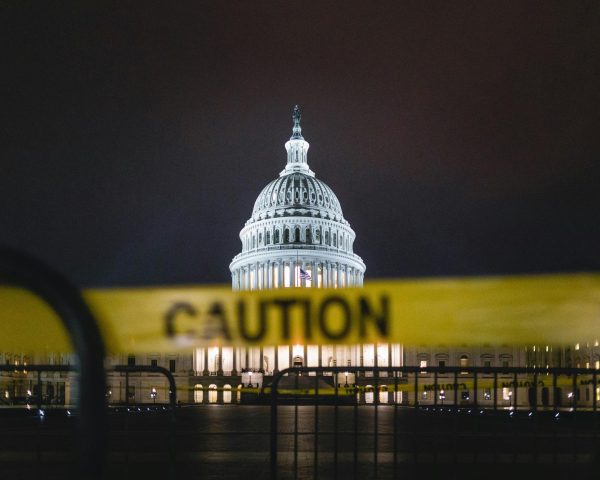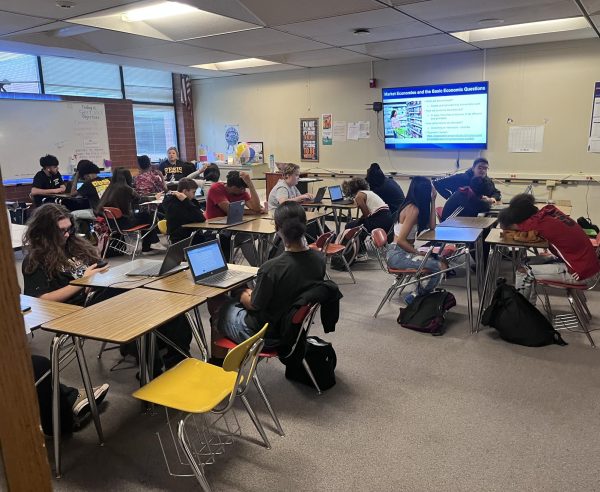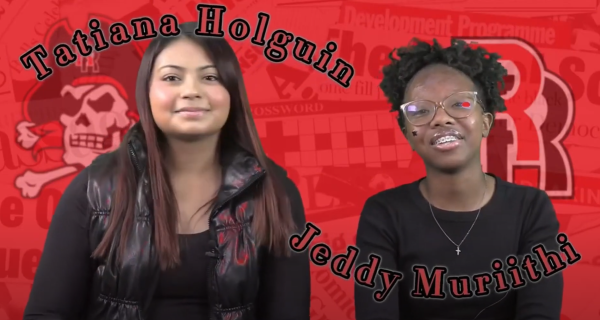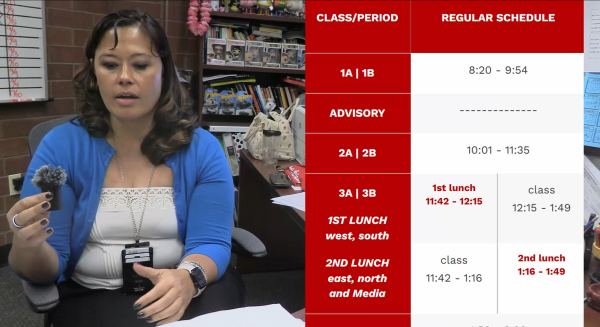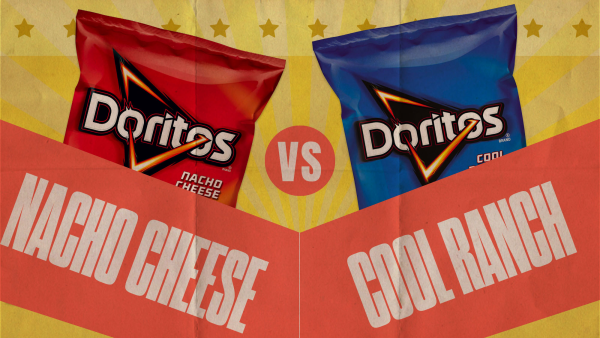The –Eurocentric, Appropriative, Stereotypically Harmful –Notcracker
From Chinease Tea to Arabian Coffee, there are many sterotypical, eurocentric undertones in the “Nutcracker” which came to life in Rangeview’s “Notcracker”. (Los Angeles Times)
February 4, 2020
(Editor’s Note: The Raider Review presented an article which laid out all the facts of the events discussed in this opinion article. The Dance Department was also given a chance to use the platform of the Review to express their opinion, this offer is still pending. Visit rangeviewnews.org to read the news story.)
As time has passed and the mindset our population has progressed, there has been an increase of criticisms of outdated works. For example, old, critically acclaimed movies which showcased blackface and stereotypes of the black community are now being seen in a different, less approving light. Similar to “Baby It’s Cold Outside” whose lyrics like “the answer is no” and “say what’s in this drink?” are deemed demeaning by many women today, The Nutcracker has received similar commentary. The history of this commentary can be read on the Raider Review.
For the second year in a row, a rendition of The Nutcracker was performed at Rangeview titled: The Notcracker. Unlike last year, the December 2019 performance of the show was coupled with backlash from students, specifically Middle Eastern students and other students of color.
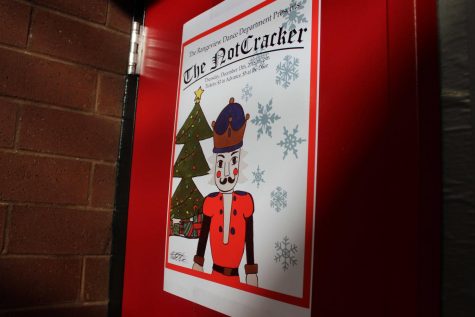
“The costume, to me, was pretty offensive since that is my culture,” said senior Muslim student, Salma Naoui.
As mentioned in the Review News article, The Nutcracker show has been known for having many stereotypical references to eastern cultures. Above that, the Arabian costume itself was pointed out to be very inaccurate and oversexualizing Arabian culture. As someone who has watched the show, Rangeview did not dial down the stereotypes of these cultures. Following the show, there was a post that caused even more upheaval, many took to social media expressing that the post and costumes were “borderline cultural appropriation.”
Much of the drama surrounding the Rangeview production took place over social media on winter break, “the fight on whether it was cultural appropriation was mostly minorities against non-minorities,” said senior Jazmyne Ewing.
After the fact, the dance captains and teacher did not comment on the allegations or the situation.
Before divulging further, the point of the article is to bring awareness of the issue many have taken to the production and offer a solution on handling said situations in the future.
The Problematic History of the Show
From the get go, it is important to talk about the intentions of the production overall. Dancers have expressed that their intentions were not to offend rather celebrate; in fact, it was pointed out that all dance classes did research of the show and went to see it done professionally in Denver.
Well, it does not take much research to realize that The Nutcracker is problematic.
Both parties for and against the two specific Eastern dances of the show —Arabian Coffee and Chinese Tea –had prior knowledge that the show was written by a Russian white man in the 18th century.
The intentions of Tchaikovsky were not to celebrate Eastern culture, he had no connection to this region. Watching the show, the European characters are beautifully portrayed, the Spanish are beautifully portrayed, the Russian are beautifully portrayed; however, the Arabian and Chinese dance are nothing but a means of entertainment for the protagonist, a European white girl.

The Arabian oversexualization and the Chinese finger bobbing are not meant to be celebratory portrayal of the culture, these are stereotypes many western writers, like Tchaikovsky, had.
It is also important to note that The Notcracker is different from The Nutcracker; however, still incorporates both of the Eastern dances in question with little to no change from the original.
So although the intentions of The Notcracker dancers were not to offend or stereotype, the show itself holds deep eurocentric and demeaning stereotypes that are no longer accepted, just like blackface or “Baby It’s Cold Outside.”
The point is, we know better, we know blackface is bad so we should recognize that eastern stereotyping should also be held accountable.
The Culture Appropriation vs. Appreciation
When it comes down to deciding where to draw the line between cultural appreciation and cultural appropriation, the line is often blurred. As the climate of our society is constantly changing and becoming less tolerant of offensive acts, the idea of cultural appropriation is a hot topic.
Cultural appropriation is when one chooses to take one or few specific aspects of a culture with one’s personal interest in mind. Cultural appreciation is when an individual seeks out knowledge and a deeper understanding of another culture with the intent to make connections and further expand their perspectives.
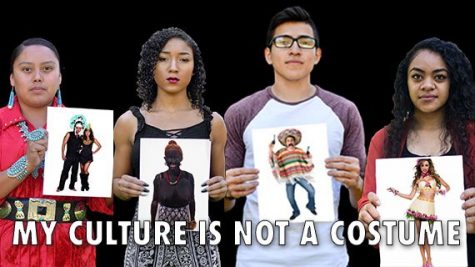
When speaking with some of the dancers involved, many of them repeatedly mentioned that they had done extensive research: watching a professional performance of the ballet in Denver, watching films, reading articles, etc.
The Broadway version of The Nutcracker has received extreme backlash from major sources such as the New York Times, the LA Times, and many more media sources so we believe that it would be almost impossible to not come across any of the backlash that this show has received. Regardless, the production that was put on by the Rangeview dance department had many moments of concern.
Along with this, the dancers had agreed that they were aware of the dance’s backlash, however, cared more about the dancing portion, despite the appropriative instances of eastern culture.
After the Instagram post began to gain traction on twitter and snapchat, many began to mention the oversexualization of the costumes during the Arabian Coffee dance. Those who identify as Arab in America are more prone to discrimination and have historically faced more hardships than those who represent the majority.
“That costume, to me, was pretty offensive,” said senior Salma Naoui.
Arab students at Rangeview mentioned the inaccuracy of the costumes, specifically the head piece, which is not part of Arab cultural wear at all. The appeal of the costume seemed to take president over the accuracy as it was a tool intended to appeal to personal interest instead of genuinely attempting to celebrate or appreciate the beauty of this culture in its purest form.
Stereotypes often misrepresent cultures; as aforementioned, the writing of these two dances were solely based on stereotypes. Often in the media, Hollywood, and America in general, there have been many instances where parts of cultures have been altered to fit a certain persona that creates inaccurate representation of cultures.
In these cases a lack of knowledge and awareness can lead to appropriation and hurt. The critiques of The Nutcracker and in this case, The Notcracker, come from a 21st century lens of intolerance towards racial or cultural profiling and stereotyping.
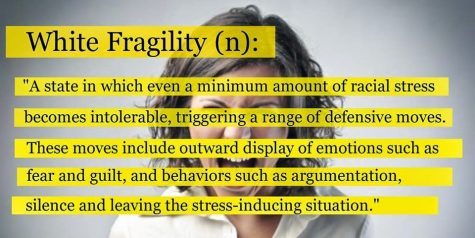
The opposition to Arab students worries and others calling out The Notcracker called this case of white bashing; however, from the modern day lens of this defense mechanism of accusing people of “white bashing” is now known as white fragility.
Instead of being willing to listen to the other side on how these actions are seen as offensive and collaborate on change, people often resort to this emotional defense system that takes the spotlight away from the issue and back on the majority, usually privileged, population.
It is important to acknowledge that the dancers were willing and able to collaborate on problem solving regarding the Arab costumes in question,“I think we can approve on our behalf the costume choices, in the actual Nutcracker, they just have tutus with some colors of the country they are portraying which is not being disrespectful to the cultures,” mentioned one of the dancers.
In the Raider Review’s news article, we addressed the solutions brought to the table; however, it is still important to talk further of the consequences of The Notcracker and the continued shortcomings.
The Consequences
In addition to the intentions of the show, we must acknowledge the clear consequences the performance had between Rangeview students.
Although it is difficult to empathize and look beyond our lens, especially at such a young age, being able to understand others without feeling attacked ourselves is one of the greatest skills in life. To do this, I used my lens as a female person of color to understand where Middle Eastern and Arab students were coming from.
As a female, I understood the outrage of oversexualization as we all are told to cover up in school because “our shoulders are distracting”. And, as a person of color, seeing someone walking down the street with a stereotyped costume of my culture is not only demeaning but reopens the wounds of oppression and structural inequality.
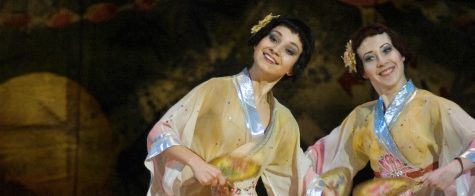
“There are people everyday who are Muslim or Arab who get hate from everywhere; then, there are others who want to wear their culture,” said senior Arab student, Marwa Naoui. “I am Arab and it was really offensive, a lot of people don’t understand that …if I don’t speak up, nothing is going to get better.”
By being able to use these lenses to analyze the consequences of The Notcracker, it was easier for me to not be clouded by my own emotional sphere.
“You shouldn’t disregard how people feel, especially a minority group,” said Ewing.
With that, looking at how the events played out, it is a fact that many students did take offense to the show; instead of denying it or invalidating the emotions of hurt, it’s our job to understand why.
In opposition, many would argue “it’s not our job” or “we can’t account for everyone’s emotions” and although the concept of child coddling has become problematic and true in many instances of oversensitivity, when it comes to culture, there should not be room for emotional invalidation.
Culture is not a coddled concept like allergies, culture is a prominent part of a person’s identity and has been means of oppression. Specifically Arabian and Chinese culture, both have experienced travel bans, have been labeled as terrorists, and even today “no Chinese allowed” signs have fluctuated in the US due to the recent virus outbreak.
The emotional connection of culture makes it our job to understand it at all times, especially at a school as diverse as Rangeview. When representing a culture we are not a part of, we can not fall short; otherwise, the consequences of tension, a perpetuation of oppression, and division will take form.
The Restorative Meetings
Rangeview follows a restorative process when it comes to sensitive topics like hate speech, bullying, and educational mediation of culture. To read more about this process, click here.
A couple of weeks after we had been back from break, a number of students, including both of us, received a note to go to the dean’s office immediately. Two meetings took place in the following weeks. The first meeting regarded the discussion of events and clarification of both sides; the second, social media and solution-making took president.
The social media conflict was brought up as the only wrong done, and much of the conversation was focused on the emotions of the dancers rather than the invalidation of the Arab students who spoke up which sparked tension.
Other than this, much of the meeting surrounded possible solutions.
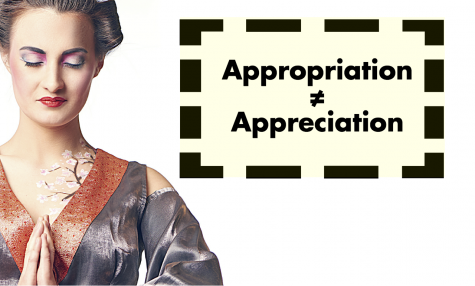
Other than the costume change, both Eastern dances were called into question, there was a mention of change; however, there was also adamance. The question of time frame became an obstacle stagnating the ability to change the dance by next December, hearing this, we are concerned that these dance portions will see no change in the 2020-21 school year.
So next year, as a 6 year old Arab or Chinese girl attends the Rangeview production of The Notcracker, they will see the finger bobbing, the oversexual cultural dances, and the eurocentric stereotypical undertones and it will be engraved in their mind. Again, it is important to recognize how demeaning stereotypes can be, especially to a young audience, the image of The Notcracker will continue to perpetuate the idea that these cultures are nothing more than the stereotype they portray.
Our Call to Action
As aforementioned, both sides have done sufficient research of The Nutcracker to know the backlash behind it, both sides have listened to each other and recognized where we both fell short, both sides have tendered the idea of solutions; therefore our call to action is simple.
Although it might prove challenging at times, the ability to stand up and speak out as well as collaborate and listen has proved to be a useful skill; especially at Rangeview.
There was a clear issue with this production that did not go unnoticed, along with the costumes, we believe that there should be an effort to adapt both the Eastern dances into an appropriate adaptation of these very prominent cultures by the next showcase of The Notcracker.
Our fears that nothing is going to change and the consequences of the status quo are not unreasonable; in fact, since so many Rangeview students have now become aware of the backlash behind the The Notcracker, we fear the situation may escalate into something greater than Rangeview if no changes are made.
As a community, we must work together and be conscientious of these issue and what we put out, if there is no change to the show, we see it as a message to the community and the students of color that their emotions don’t matter and their culture is nothing more than a stereotyped version of a dance.


